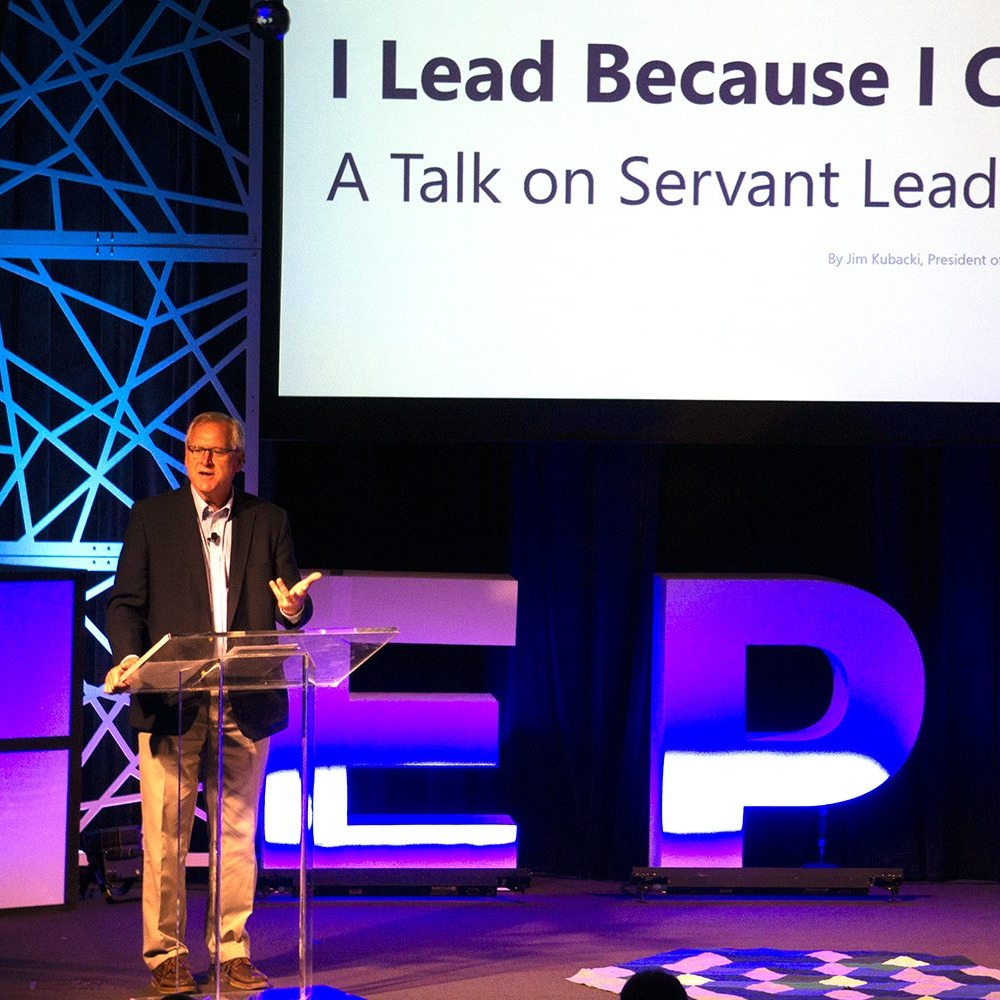
THE EXIT PLANNING BLOG
Keep up-to-date with exit planning, succession planning, industry trends, unique specialty insights, and useful content for professional advisors and business owners.
Share this
The Greatest Spectacle in...Exit Planning
by Scott Snider on May 23, 2024
.jpg)
For years now, I have traveled to Indiana for Memorial Day weekend and the most iconic event in the world of motorsports: The Indianapolis 500! It’s such a unique experience. The tradition of speed and skill on display. The checkered flags and Gasoline Alley. And, of course, the 200 laps on a track with only four corners. I love every single thing about the Indy 500!
And, if you know me, you know I look for relatable lessons in my experiences and the Indy 500 is no exception. As I get ready to enjoy this year’s race, the parallels between The Greatest Spectacle in Racing and our work have become clear.
Whether you’re an IndyCar driver or an exit planner, the same principles apply: 
1. Preparation is key.
Indy 500 teams spend months, even years, preparing for the race. Every detail, from the design of the car to the strategy on race day, is meticulously planned. The big event—the race—is only a fraction of the actual time spent trying to get to the finish line first. In exit planning, preparation matters: maximizing the value of a business for sale or transition begins well in advance with careful, strategic planning. Signing on the dotted— finish! —line is only a small part of an exit.
2. Your team helps determine your success.
At the Indy 500, the media hype is often around the drivers, but it’s the team that makes the driver successful. From engineering and mechanics to refueling and changing tires in mere seconds, the team keeps the driver in the race. In the same way, a successful exit requires a cohesive team effort. Internal and external advisors, including accountants, lawyers, financial advisors, etc., work together to steer the process toward the desired outcome.
3. It's important to know the track.
For every IndyCar Series race, including the Indy 500, teams spend an enormous amount of time analyzing the track. They want to understand its nuances and potential problem areas so they can adjust their strategy and optimize the car for specific segments of the race. In exit planning, it’s also crucial to understand the market environment. Knowing when to exit based on economic conditions, industry trends, and market demand can significantly impact the success of the exit.
4. Be strategic about your pit stops.
At the Indy 500, pit stops are critical to the race's outcome. The timing and efficiency of these stops can be the difference between winning and losing. Knowing when you can get by on a little fuel or when you need to gas up could change the lead significantly. In business, it’s equally important to time the exit at the right time. On a personal level, do you have enough gas to continue? Do you need to exit now so you have time for one more lap?
Knowing what your particular exit needs—and how to handle them—can greatly influence the overall success and final terms of the deal.
5. Expect the unexpected and be ready to adapt.
Races often involve unexpected incidents—adverse weather conditions or accidents on the track—that require teams and drivers to adapt quickly. The only thing that’s certain on race day is that nothing is certain. Likewise, the path to an exit is rarely smooth. Market conditions can change, potential buyers may drop out, or unforeseen challenges may arise within the business. Flexibility and the ability to adapt the exit strategy are crucial.
6. The finish line is a new beginning.
Drivers and teams give everything they have to cross the finish line first. All the hard work and dedication culminated in a moment of triumph. Yet, that finish is also the starting point for the next race. Successfully exiting a business is a major achievement—sometimes what an owner has worked toward for much of their career. Yet, it’s also not the end. Many entrepreneurs go on to start other businesses. Others pursue new ventures or interests. And still others retire, starting a different kind of chapter in their life.
When it comes down to it, the two things I love most about the Indy 500 are spending time with friends and family and, let’s face it, the raw speed. As entrepreneurs and business owners, can you relate? We spend our days going fast, so we can enjoy it with those we love. It’s that balance—the long race at an extreme pace—that I love about the Indy 500 and exit planning.
Related Resources:
Share this
- Blog (545)
- CEPA (423)
- exit planning (249)
- CEPA community (187)
- Business Owner (172)
- Exit Planning Summit (97)
- EPI Chapter Network (89)
- Value Acceleration Methodology (80)
- Exit Planning Partner Network (76)
- EPI Announcement (49)
- Content (48)
- Webinars (37)
- Excellence in Exit Planning Awards (33)
- Marketing (30)
- 2024 Exit Planning Summit (28)
- 5 Stages of Value Maturity (26)
- Books (24)
- EPI Academy (24)
- EPI Team (22)
- Exit Planning Teams (22)
- Leadership (21)
- 2023 Exit Planning Summit (20)
- family business (20)
- women in business (19)
- Intangible Capital (18)
- Exit Options (17)
- Black Friday (16)
- CPA (15)
- Walking to Destiny (15)
- State of Owner Readiness (14)
- Chapters (13)
- Chris Snider (12)
- National Accounts (12)
- Small business (12)
- charitable intent (12)
- personal planning (12)
- Financial Advisors (11)
- Season of Deals (9)
- 5 Ds (8)
- About us (8)
- Podcast (8)
- Insiders Bash (7)
- Scott Snider (7)
- Christmas (6)
- Exit Planning Content Library (6)
- Case Studies (5)
- Owner Roundtables (5)
- Three Legs of the Stool (5)
- Value Advisors (5)
- financial planning (5)
- Awards (4)
- Circle of Excellence (4)
- Exit & Succession (4)
- Five Ds (4)
- executive training (4)
- EPI Thought Leadership Council (3)
- Owners Forum (3)
- author (3)
- forbes (3)
- DriveValue (2)
- Exit Is Now Podcast (2)
- Peter Christman (2)
- Veteran (2)
- Whitepapers (2)
- Business Owners Forum (1)
- SOOR (1)
- business consultants (1)
Subscribe by email
RELATED ARTICLES






